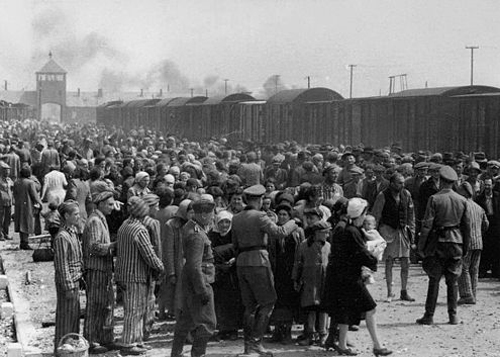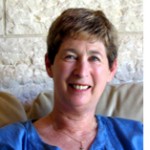
A history of early Nazi Germany worth reading
In the Garden of Beasts; Love, Terror, and an American Family in Hitler’s Berlin by Erik Larson; Broadway Books, New York, 2011
By Dorothea Shefer-Vanson

MEVASSERET ZION, Israel — The Garden of Beasts in the title refers to the inhabitants of Berlin’s Tiergarten, the park in central Berlin that once served as the hunting grounds of the local aristocracy and was stocked with all kinds of animals. It also, of course, refers to the Nazi regime in Germany.
This is a thoroughly-researched documentary account of the experiences of a mild-mannered American history professor, William E. Dodd who, together with his wife and two children, both in their early twenties, embarked on a four-and-a-half-year stint in Berlin as the U.S. Ambassador to Germany. The story is told through the family’s letters, journals, and memoranda and also draws on the generally-known events of the time, starting with Dodd’s appointment in 1933, the year that marked Hitler’s ‘ascent from chancellor to absolute tyrant.’ By virtue of his ambassadorial position he and his family had access to, and mixed socially with, leading members of the Nazi party, and were able to gain first-hand knowledge of people and events.
Although orginially from a poor family, William Dodd had studied at university, first in Virginia and then in Leipzig in the late nineteenth century. He had acquired a knowledge of the German language and love for the country and its people, and was therefore considered by President Roosevelt to be a suitable candidate for the post of ambassador to Germany, despite opposition from the State Department, many of whose staff were Ivy League graduates from wealthy backgrounds and regarded Dodd as an ‘outsider.’
Initially the Dodd family was enchanted by the atmosphere of optimism and purposefulness that seemed to have overtaken the German nation under its new leadership, but gradually news of brutality towards individuals and groups on one pretext or another – they were Jews, they had failed to give the Nazi salute, etc. – began to accumulate, and the ambassador became ever more disillusioned with the regime.
Dodd’s daughter, Martha, who was something of a social butterfly, frequented night clubs and fancy restaurants and also conducted dalliances with various German officials. Her main romantic attachment, however, was to Boris Winogradov, an attaché at the Soviet embassy. This eventually led her to embark on a tour of Russia, which left her disappointed with that country’s drabness and poverty. The NKVD attempted to recruit Martha as a spy on Russia’s behalf, but failed. Boris was recalled to Russia and eventually executed for reasons that remain unclear. After returning to the USA, Martha met and married an American businessman and went to live in New York.
While the book concentrates primarily on the events that took place in the family’s first year in Germany, it was the incident known as the ‘Night of the Long Knives,’ in July 1934, when Ernst Rohm, the head of the S.A. and dozens of his colleagues were murdered in cold blood, that triggered the outright distaste for the regime exhibited by Ambassador Dodd. As he held an official diplomatic post, this put him in an invidious position, and he was ultimately defined as ‘persona non grata’ by the German government.
After being recalled from his post, in 1938, Dodd made a point of travelling throughout the USA, warning of the danger presented by Hitler, his visceral animosity towards Jews, his militarism and his expansionist aims. He also spoke out fiercely against American isolationism, but his voice went unheeded, to a great extent because of the inherent opposition to him in the State Department.
No less fascinating than the book itself are Larson’s afterword and notes, which give the reader a glimpse into the cost in personal anguish that researching the book represented for the author. In referring to Ian Kershaw’s seminal study of Hitler he states that he had to keep the book face down on his desk in order not to have to start each day by looking at ‘those hate-filled eyes.’ This book is truly a tour de force, bringing a dark period in history to life in a unique and fascinating way, and casting fresh light on a period about which much has been written.
*
Shefer-Vanson is an author and freelance writer. She may be contacted via dorothea.shefer@sdjewishworld.com. Any comments in the space below should include the writer’s full name and city and state of residence, or city and country for non-U.S. residents.